The COVID-19 pandemic left many businesses at risk of bankruptcy and closure, including care homes.
So much so that one major healthcare company, responsible for nursing homes and senior living facilities, has recently filed for Chapter 11 bankruptcy, despite taking out $50 million in loans.
Infection Rates Were at 75% in Nursing Homes

Numerous nursing homes and senior living facilities were significantly impacted by the COVID-19 pandemic.
In fact, at one point, 1300 nursing homes had an infection rate of 75% or higher, according to the US Department of Health and Human Services, which caused significant financial strain on these facilities.
Nursing Homes Are Struggling With Staff Shortages
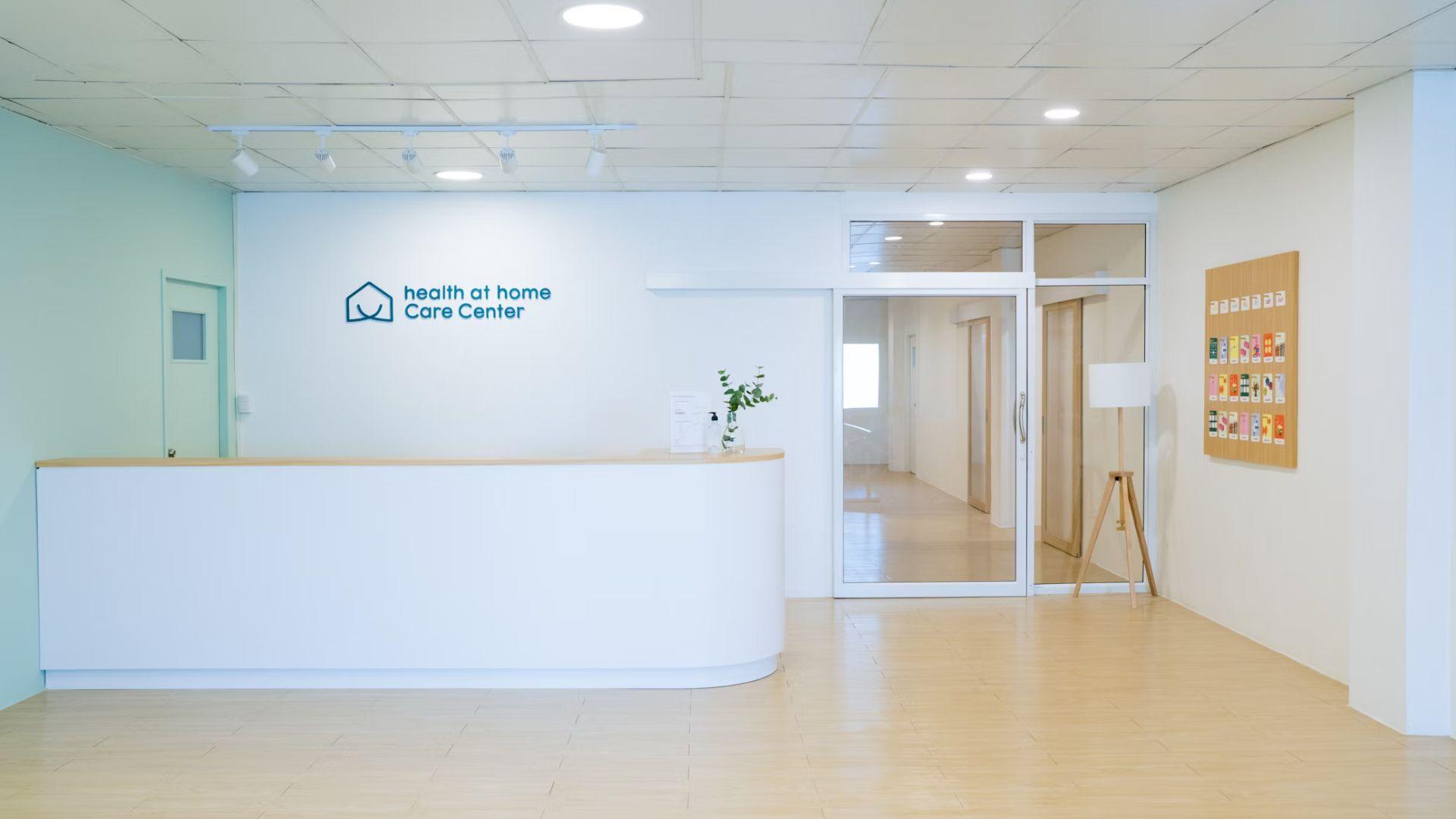
With the increasing number of elderly people and many of these people requiring round-the-clock care, staff shortages in nursing homes are a struggle, according to The Nation’s Health.
Due to the rise in inflation, nursing home companies are struggling to find the money to pay their staff, which is part of the reason why staff shortages are so low.
The Absent Workforce

Healthcare facilities, including senior living facilities, have been struggling to keep a workforce. According to a report from the American Health Care Association and the National Center for Assisted Living, nursing homes have lost 15.2% of their total workforce since 2019.
Employees report that the emotional and physical challenges of the industry, low pay, and poor working conditions are reasons why they leave these healthcare facilities.
Inflation Has Led to Chapter 11 Bankruptcy Filings

The Street has reported that inflation has caused a rise in wages, products, supplies, and interest rates, leading to many nursing care home companies struggling to find the funds.
This has led some companies to take out loans, but left unable to pay the loans back, which has resulted in Chapter 11 bankruptcy filings.
Dozens of Chapter 11 Bankruptcies Have Been Filed Since 2021

With the COVID-19 pandemic being one of the main causes behind these Chapter 11 bankruptcies, many healthcare providers have filed for Chapter 11 since 2021.
13 companies filed in 2021, 12 in 2022, and 15 in 2023, with this number potentially going up in 2024.
The Chapter 11 Bankruptcy Process

The Chapter 11 bankruptcy filing occurs when a holder of debt claims and other liabilities happens before the date of the bankruptcy petition.
Filing for Chapter 11 bankruptcy enables breathing room to create a reorganization plan and give creditors greater recovery than if they had gone into liquidation.
Senior Living Centers Get Hit the Hardest

Chapter 11 bankruptcy filings in the healthcare industry have trended upward since the third quarter of 2023. Senior living centers have been hit the hardest, according to Polsinelli’s attorney Jeremy Johnson, co-author of the Polsinelli-TrBK Distress Indices Report.
The report, which is published quarterly, shows the economic performance in the U.S. by tracking the increase or decrease in comparative Chapter 11 filings.
The Distressing Factors in Healthcare Bankruptcy

“The government money staved off many filings, but that source of funds has dried up, and the industry hasn’t really had time to fully recover,” Johnson said.
Johnson continued: “This is largely consistent with our report from a few years ago that analyzed the factors causing distress in healthcare. That report obviously didn’t anticipate the pandemic, but labor costs and litigation pressure were among the biggest causes of financial distress in healthcare.”
Notable Chapter 11 Bankruptcies Have Occurred in the Last Few Years
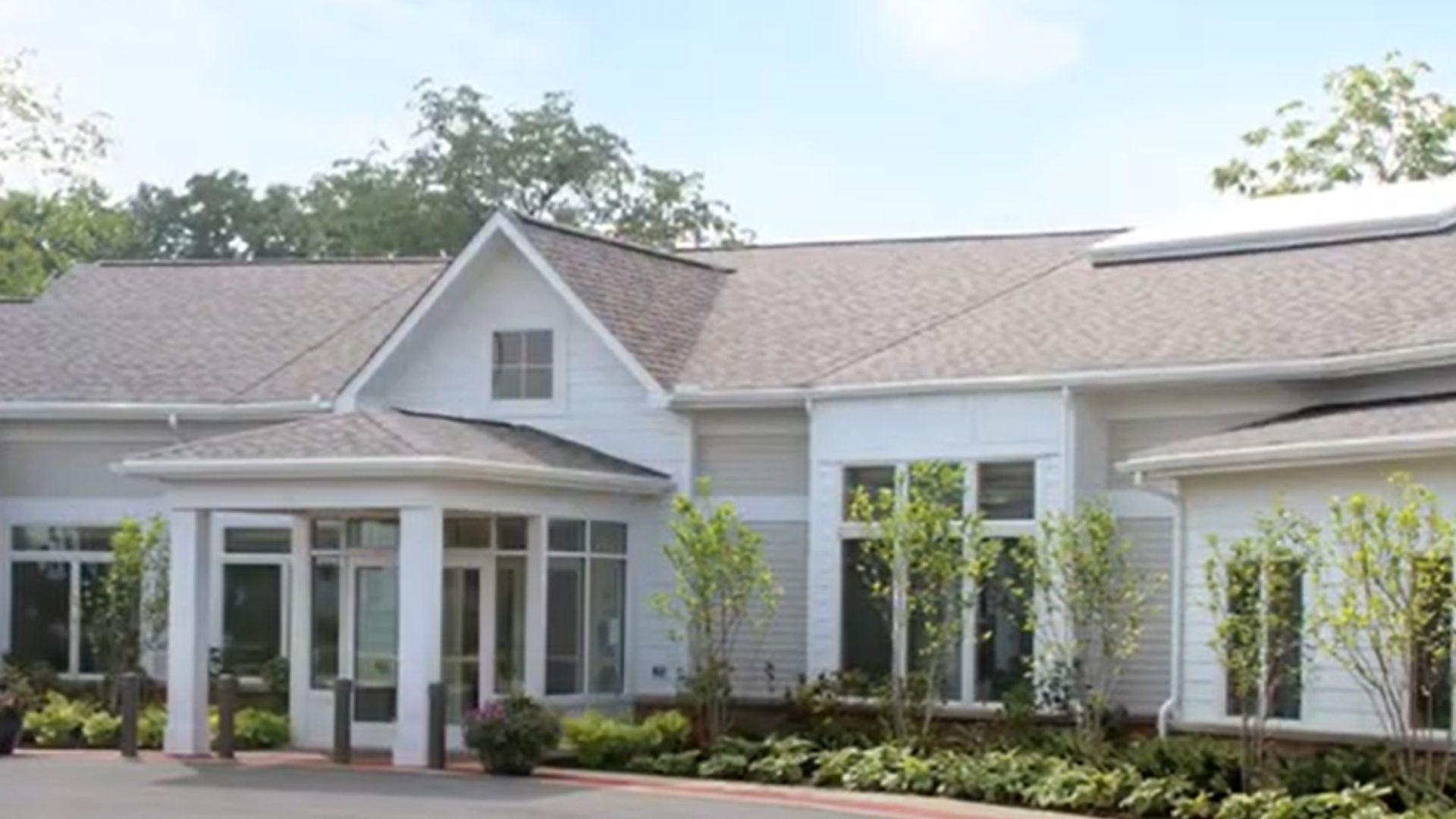
Various nursing home companies have had to file for Chapter 11 bankruptcy in the last few years.
This includes the Evangelical Retirement Homes of Greater Chicago and Windsor Terrace Health, which listed between $1 million and $10 million in assets and liabilities.
Evangelical Retirement Homes Filed Chapter 11 Due to COVID-19
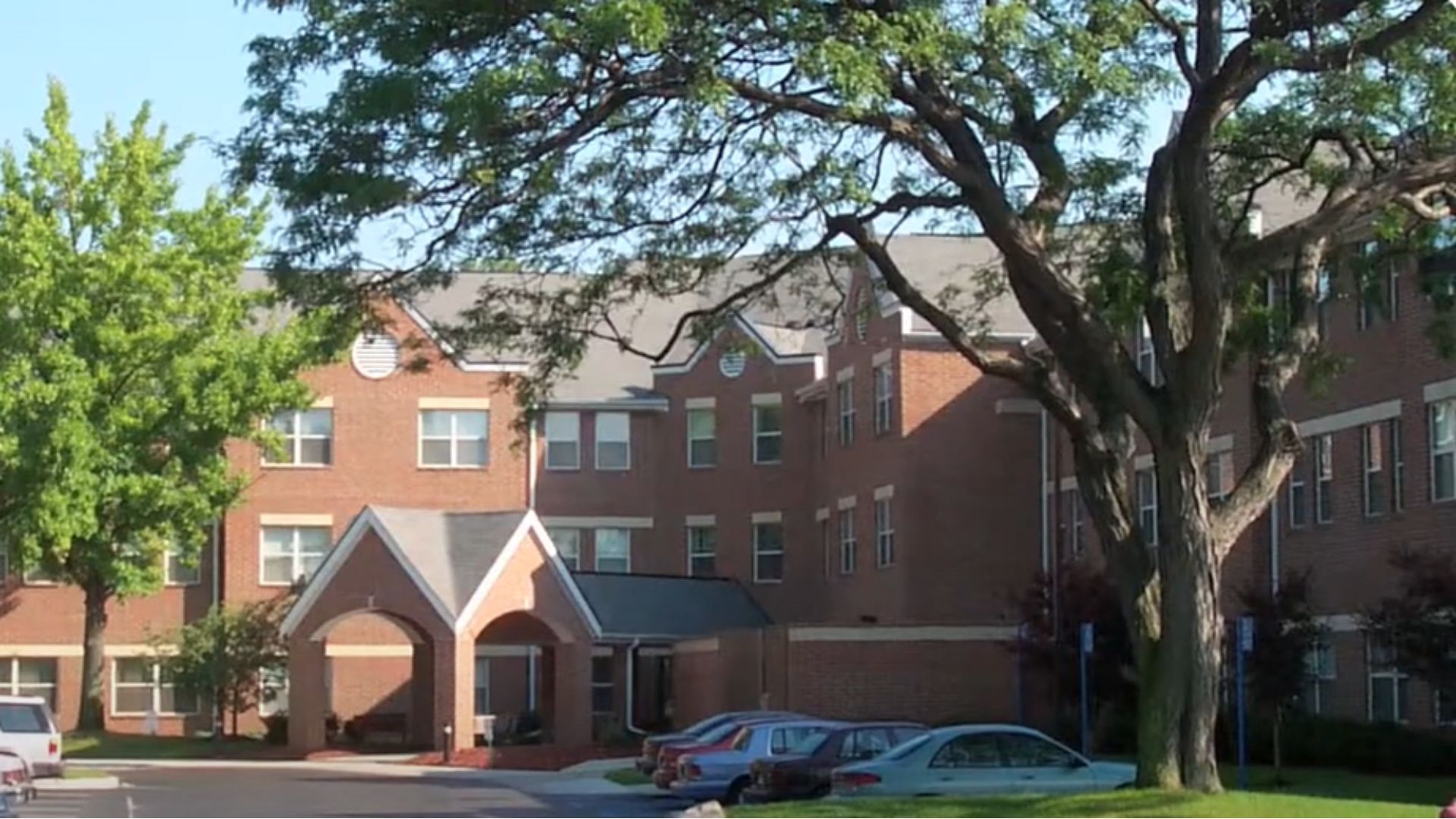
McKnights Senior Living reported that Evangelical Retirement Homes had to file for Chapter 11 bankruptcy due to COVID-19.
As they could not give people a tour of their facilities, place uptake was low. Low uptake meant a loss of fees, eventually leading to bankruptcy.
Evangelical Retirement Homes Has a Winning Bidder

Evangelical Retirement Homes was bought out after they filed for Chapter 11 bankruptcy.
According to McKnight Senior Living, Encore Healthcare Services of New York was revealed as the buyer of the senior living facilities. Encore Healthcare Services plans to spend $15 million on capital improvements.
Windsor Terrace Health Has 35 Senior Living Facilities

The Windsor Terrace Health company, which owns 35 nursing homes across California and Arizona, is another warning of senior living facility bankruptcies.
Due to the company’s size, McKnights has said that Windsor Terrace Health’s bankruptcy will warn many that there will be a further collapse in the senior living sector.
Nashville Senior Care Files for Chapter 11 Bankruptcy

According to Johnson, the biggest bankruptcy filing for senior living companies was Nashville Senior Care, owned by the Trousdale Foundation.
In August 2023, the Nashville Senior Center filed voluntary petitions for relief under Chapter 11. The senior living company blamed the COVID-19 shutdown, high staff and supply costs, and more for its “acute liquidity crisis.”
The Lingering Effects of COVID-19

“The Trousdale debtors attributed the filing to the COVID-19 pandemic and its long-lasting impacts on census and revenue, combined with increased operating and labor costs and a high debt load,” Johnson said.
Johnson continued: “This is consistent with what we’ve seen across the board” in senior living and care, and even healthcare generally, he added.
Epworth Villa Files for Chapter 11 Bankruptcy Again
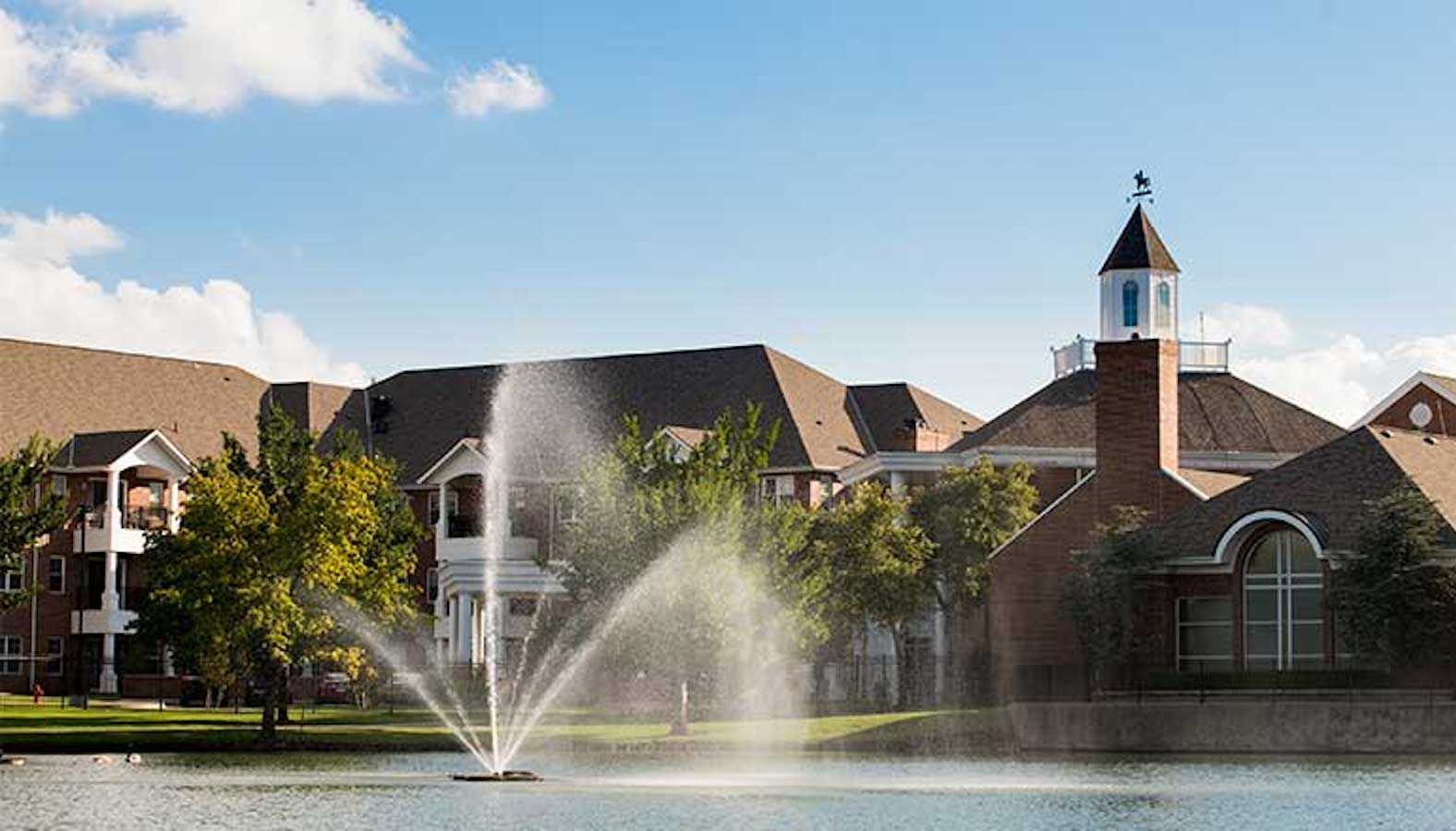
Another major long-term care bankruptcy filing that is showing a concerning trend is Epworth Villa in Oklahoma City. This was the nonprofit life plan community’s second bankruptcy in a decade.
City News Tulsa called the Chapter 11 bankruptcy filing “a somber backdrop against the facility’s illustrious history as an extension ministry of the Oklahoma Conference of the United Methodist Church.”
President Biden Steps In

The Biden administration attempted to help save senior care facilities from shutting down around the country by proposing to augment staffing levels in nearly all long-term care facilities.
However, the proposal has been met with apprehension as it could worsen the problem that is plaguing many of these understaffed and underfunded communities.
Magnolia Senior Living Has Also Filed Chapter 11

Magnolia Senior Living is another senior living facility filing for Chapter 11 bankruptcy.
McKnights Senior Living has said that Magnolia has included assets between $1 and $10 million with matching liabilities in their filing.
Peterson Health Care Filed for Chapter 11 Bankruptcy
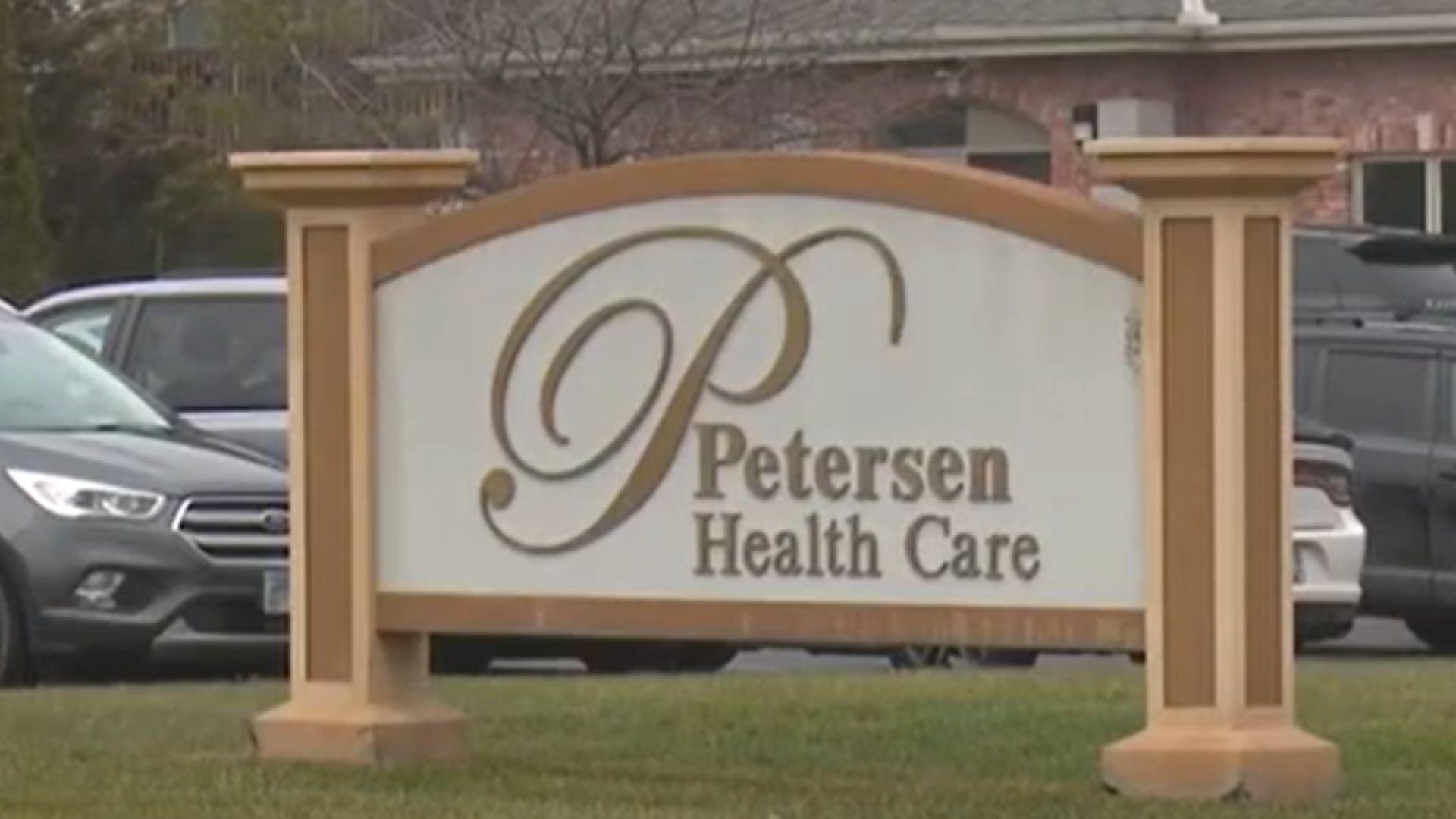
Peterson Health Care is another nursing home company that has recently had to file for Chapter 11 bankruptcy.
The healthcare provider defaulted on loans up to $50 million, and according to WSJ, it comes just two months after it was hit with lawsuits that alleged these defaulted payments.
Peterson Health Care Had Launched a $50 Million Institute
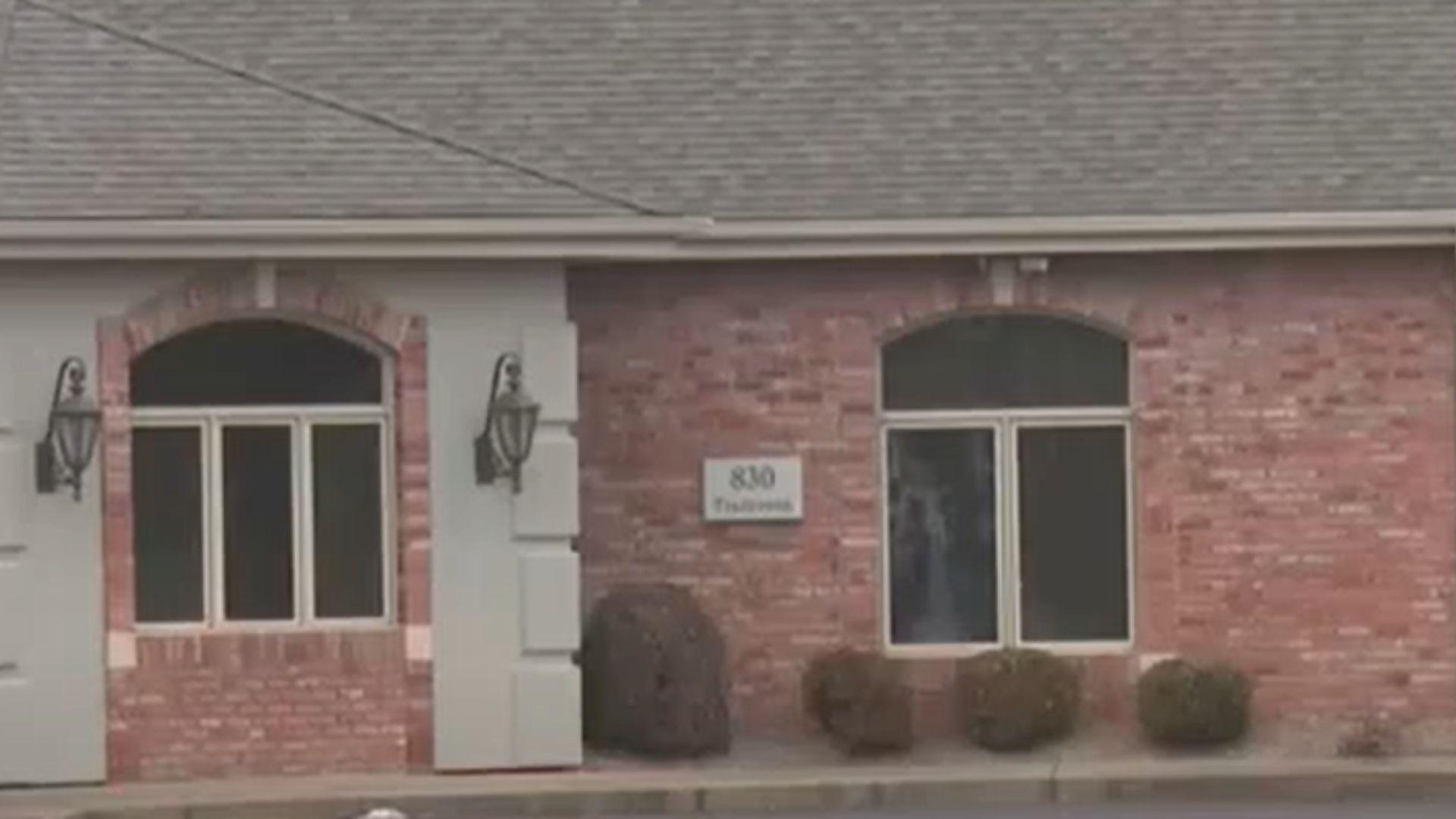
Before the bankruptcy filing in 2023, Peterson Health Care launched a $50 million institute.
The Peterson Center on Healthcare website reported at the time that the $50 million was being used to evaluate digital health technologies to help improve health and lower the costs of healthcare.
Petersen Health Care Had $295 Million in Debt

Reuters reported that Peterson Health Care had around $295 million in debt.
This comes after the company had faced issues with cyberattacks and defaulting on government-backed loans.
Peterson Was in Trouble Before the Debt

Even before going into debt, Peterson Health Care already saw signs of trouble.
The number of people wanting to go into residential care in rural areas declined, with more opting for having carers come to their homes.
Peterson Health Care Owed $3 Million in Overtime

Before filing for Chapter 11, Peterson Health Care was found to owe $3 million in overtime to their carers.
Business Insider reported that a federal investigation had found that the company had violated wage laws for two decades, with these overtime wages being owed between 2018 and 2020.
Peterson Claims They Were Not in Violation of Wage Laws

Despite various investigations finding otherwise, Peterson claims they have never been in violation of wage laws.
HR Drive says a spokesman for the company said the company has always paid their employees fairly and that they are constantly reviewing their pay practices.
This Wouldn’t Be Petersen’s First Time Violating Wage Laws

The Department of Labor has investigated Petersen Health Care over 30 times in the last two decades. The department determined that the company “systematically violated wage and hour laws on numerous occasions,” (via Business Insider).
Seven of the 30 investigations found that Petersen’s had $88,000 in unpaid wages.
Peterson Owes Millions to Creditors

Much of the debt that Peterson Health Care owes is owed to creditors.
Skilled Nursing News reports that RehabCare is the top creditor, which has a total of $11.87 million in unsecured claims.
Peterson Health Care Has Faced Several Cyberattacks

Between October 2023 and February 2024, Peterson Health Care faced several cyberattacks.
This includes an attack from the Cactus ransomware group, which caused them to lose business records and struggle to bill customers and insurers. They also had an attack from Blackcat, a hacking group, stopping payments to providers.
Peterson Had To Replace Everything

After the attack, Peterson had no other choice but to replace everything that had been stolen.
This included their servers, email addresses, and software, which only cost them more money.
There Was a Ransomware Attack on One of Peterson’s Major Payors

Change Healthcare is one of Peterson’s major payors, so things only got worse when they were also the target of a ransomware attack.
Wired revealed that the people who had carried out the ransomware attack received $22 million, which many believe means Change Healthcare has paid them ransom.
The Payment Represents a Huge Problem

If Change Healthcare has paid the attackers $22 million, this poses a huge problem to the healthcare industry.
It gives more reason for other attackers to believe there are profits to be made from stealing healthcare data, which will cause worry among healthcare providers, patients, and their families.
Peterson Health Care Previously Had a Revenue of $340 Million

Despite filing for Chapter 11 bankruptcy and having debts of $295 million, Peterson Health Care had a revenue of $340 million.
They had around 90 nursing homes across various states, 4000 employees, and a capacity for 6796 residents.
Peterson Health Care Is Operating as Normal
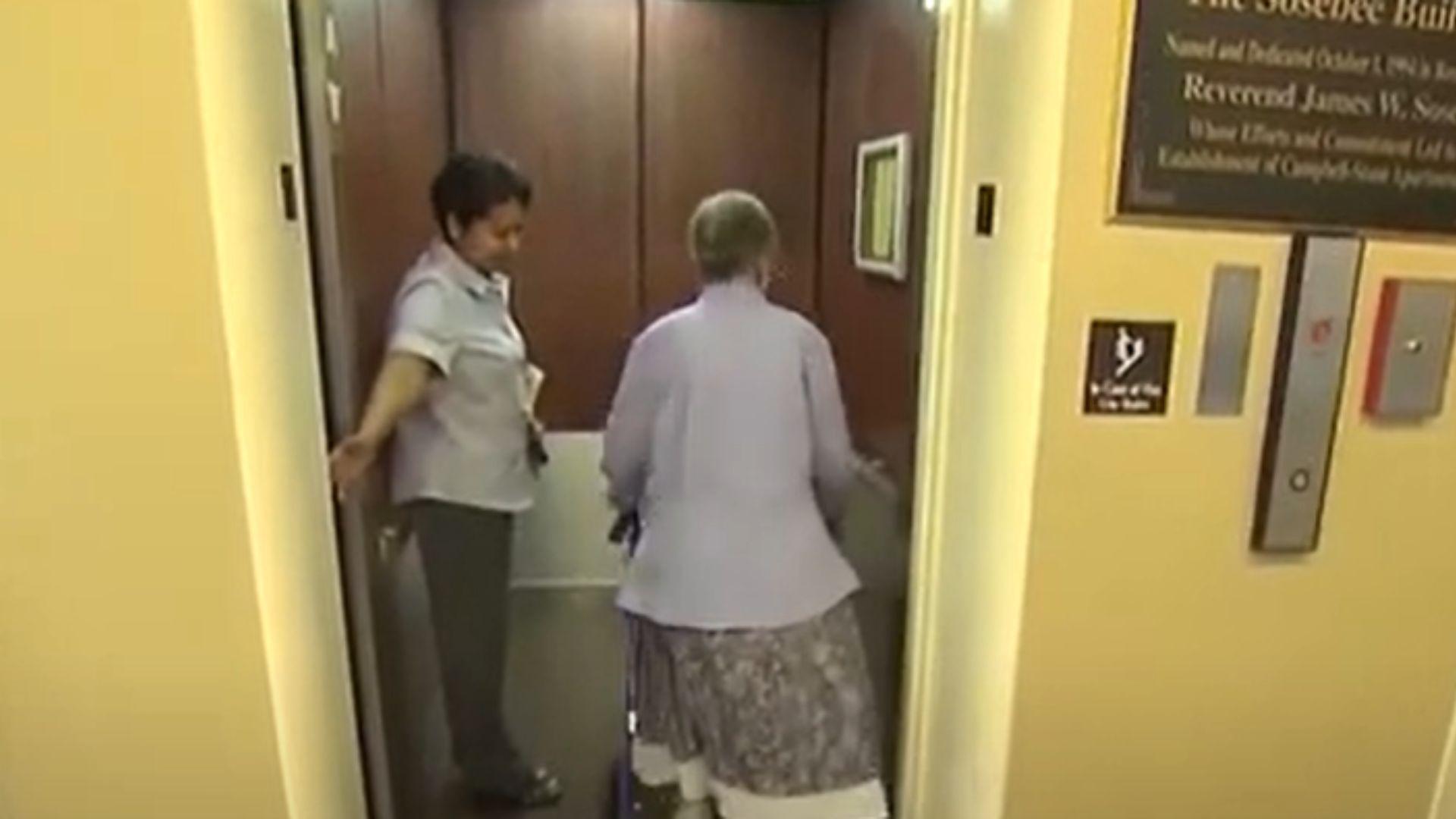
Despite filing for Chapter 11 bankruptcy, Peterson Health Care plans to operate normally.
Business Wire reported that David Campbell, Peterson Health Care’s Chief Restructuring Officer, has said the company is committed to providing first-rate care to its residents and will return as a “stronger company.”
More Bankruptcies to Come

While many of these businesses are attempting to find ways to work out solutions that can help immediately, the “out-of-court solutions” may not end on a strong, positive note.
“The Healthcare Index has never been this high, but it’s a combination of distress across the healthcare markets. For example, we’re starting to see more hospitals filing for bankruptcy, but there is still substantial distress” across the senior living and care sector,” Johnson said.
The Downward Trend

According to Polsinelli, the Real Estate Distress Research Index shows “significant volatility quarter on quarter.”
Since 2010, the filing numbers have declined 23 times compared with the prior quarters and climbed 28 times according to the data. Right now, the data points to a steep downward trend.
A Possible Restructuring Plan

While healthcare bankruptcies seem to be on track to break last year’s record (15 of the 79 bankruptcies belonging to senior living and care), Gibbins Advisors points out the faults and a possible restructuring plan.
“Bankruptcy filings in senior living continue to be driven by low occupancy. For the last few years, it’s [been] the obvious post-COVID pressures, but even as sales/occupancy are increasing, CCRC balance sheets are still over-levered and need restructuring,” Johnson said.
Too Much Pressure and Reliance on a Community

There is too much reliance on the steep payments that come from the seniors and their families which has led to the spike in senior care facilities filing for bankruptcy. Significant changes to Medicaid’s continuous enrollment left many older adults uninsured and unable to afford care.
“There is simply too much debt for most of them to service and any issue at the community, such as a pressing capex need, can put the community under pressure,” Johnson said.








































